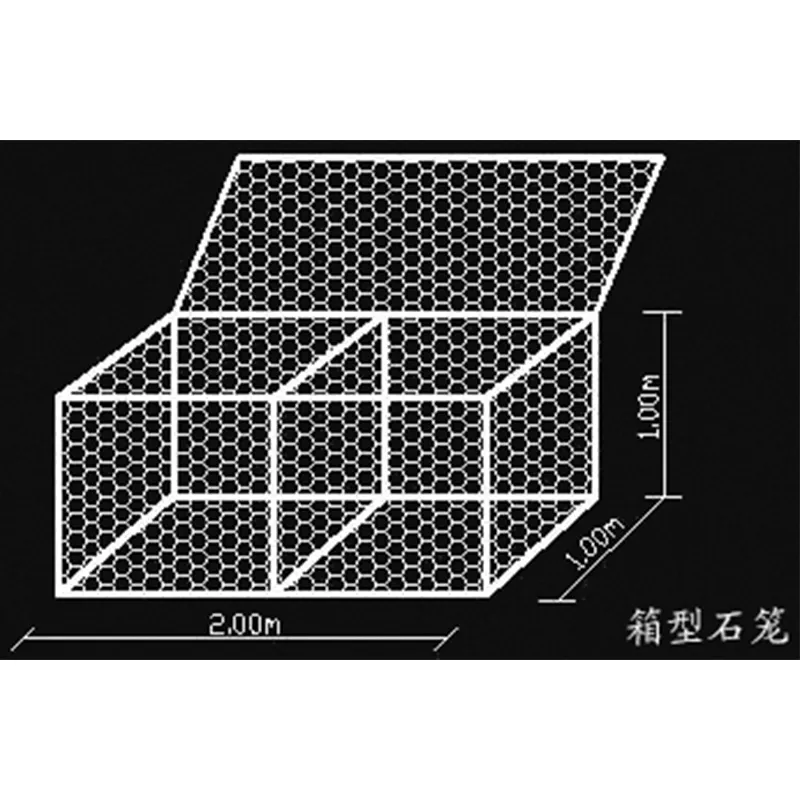8 月 . 21, 2024 21:51 Back to list
Essential Guide to Choosing the Right Nails for Metal Roofing Projects
Understanding Metal Roofing Nails The Key to Durable Roofs
When it comes to roofing materials, metal roofs have become increasingly popular due to their durability, longevity, and energy efficiency. However, the effectiveness of a metal roof largely depends on the quality and type of fasteners used during installation. Among these fasteners, metal roofing nails play a pivotal role. This article explores the significance, types, and best practices associated with metal roofing nails.
Why Use Metal Roofing Nails?
Metal roofing nails are specifically designed to secure metal panels to the roof deck, ensuring that they withstand various environmental factors such as strong winds, rain, and snow. The primary purpose of these nails is to provide a secure hold that prevents the roofing material from shifting or becoming loose over time. Properly installed nails help in maintaining the integrity of the roof, which is essential for preventing leaks and other damages.
Moreover, metal roofing nails typically come with special coatings to resist corrosion and rust, enhancing the longevity of the roof. This is particularly important since metal roofs, while durable, can be susceptible to damage from weather elements if not properly fastened.
Types of Metal Roofing Nails
There are several types of metal roofing nails, each designed for specific applications
. The most common types are1. Galvanized Steel Nails These nails are coated with a layer of zinc, which protects them from corrosion. They are widely used in metal roofing due to their strength and durability.
2. Stainless Steel Nails Known for their excellent corrosion resistance, stainless steel nails are ideal for coastal areas where saltwater can lead to accelerated rusting. While more expensive, they offer unrivaled longevity.
3. Aluminum Nails Lightweight and resistant to rust, aluminum nails are often used for roofing projects that involve aluminum panels. However, they might not be as strong as steel options.
metal roofing nails

4. Rubber Washer Nails These nails have a rubber washer that provides an additional seal around the nail head. This feature is particularly beneficial in preventing leaks, as it helps to create a watertight barrier.
Best Practices for Installing Metal Roofing Nails
To ensure the longevity and effectiveness of metal roofs, it is essential to follow best practices during installation
- Correct Spacing and Placement Nails should be spaced according to the manufacturer’s guidelines, typically about 12 inches apart. Moreover, nails should be placed at the ridges of the panels to secure them effectively.
- Avoid Overdriving Overdriving can damage the panel and compromise the seal, leading to potential leaks. The nail head should be flush with the metal surface without burying it too deeply.
- Use the Right Length The length of the nails should correspond with the thickness of the roofing material and the roof deck. Longer nails may provide a better grip but can also risk penetrating too deeply.
- Regular Maintenance After installation, periodic checks for loose or damaged nails are advisable. Any signs of wear should be addressed promptly to maintain the roof's integrity.
Conclusion
In conclusion, metal roofing nails are a crucial component in the installation of metal roofs, ensuring durability and protection against the elements. Understanding the types of nails available and following best practices for installation can significantly extend the lifespan of a metal roof. Whether you're a homeowner considering a metal roof or a professional roofer, recognizing the importance of quality roofing nails can lead to more successful and long-lasting roofing projects. By selecting the right materials and adhering to proper installation techniques, you can enjoy the benefits of a robust and reliable metal roof for many years to come.
-
Secure Your Roof with Quality Roofing Nails
NewsNov.04,2024
-
Secure Your Property with Quality Field Fencing
NewsNov.04,2024
-
Enhance Your Space with Quality Mesh Fencing
NewsNov.04,2024
-
Discover the Versatility of Iron Wire for Your Projects
NewsNov.04,2024
-
Discover the Versatility of Common Nails for Your Projects
NewsNov.04,2024
-
Discover Quality Hydraulic Fittings for Your Applications
NewsNov.04,2024









